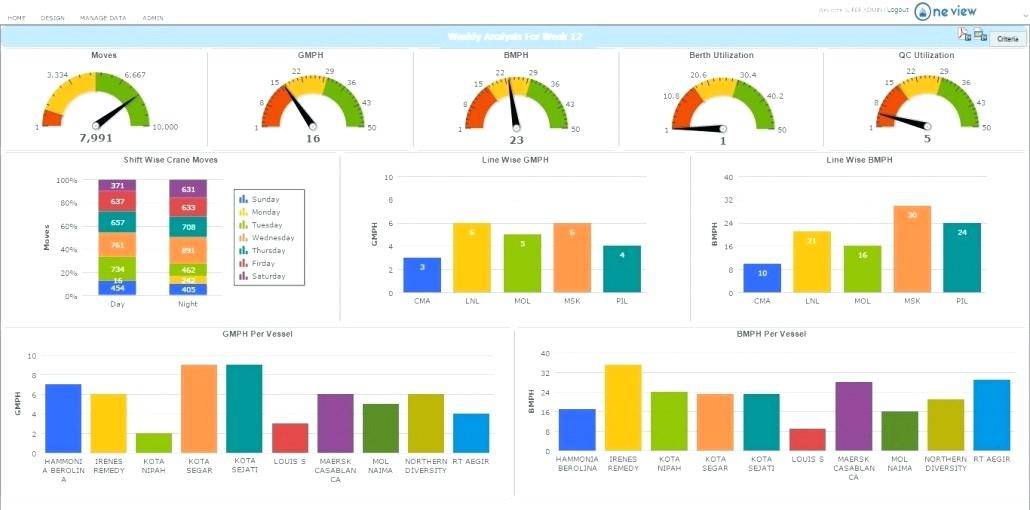How do you know when to fill up the gas tank on your car?
Or when you are speeding above the speed limit? Or your engine is overheating? Or your tire pressure is too low?
Because … every car has a dashboard — a handy visual guide to the key things that matter to operate your vehicle properly. (Geeky history: They have been around since the early days of autos – the speedometer was invented in 1902 and installed in cars since about 1910. My great aunt Louise proudly told tales of driving her dad’s roadster over 100 miles per hour on country roads in the 1920’s.)
So if your $35,000 auto has a dashboard, do you have one for your multi-million dollar business?
Today I continue my 6-part series on coaching for accountability (you can Read Step 1, Step 2, Step 3 here) or see all 6 steps on my 1 minute video slideshare.
Step 4 to Coach for Accountability and High Performance: Develop a Dashboard with your key metrics:
What should you include on your dashboard?
I highly recommend using categories similar to the “Balanced Scorecard” approach.
This means that your dashboard shows key numbers to track and evaluate:
- continue with financial measures (sales, profit, cash)
- add operational metrics (leads, proposals win rate, on-time-delivery, quality)
- include “voice of the customer” (net promoter score or customer feedback)
- employee experience (retention, engagement scores)
You can see the advantages of this concept– if you are focused solely on current sales or cash in the bank, there are other other areas of your business that need tending for future success. If you don’t have leads or are losing work to your competitors, or your service delivery level or employee engagement is dropping, these are warning signs that predict lower revenue and profits.
8 Benefits of Dashboards
1. Visibility: The new field of “Business Intelligence” or BI shows that the more you measure in your business the more you can improve. What is measured becomes higher priority and gives you the tangible target to improve.
2. Maintain quality during growth: If your business is growing, you need to make sure that you are maintaining the quality and customer experience standards and your team is not burning out.
3. Alerts before systems break: When you track leading indicators, you can see issues coming before they happen. For example, if you track pending orders you might see that your current production schedule can’t handle the order volume and will be backlogged by two weeks. Dashboards can alert you to this before chaos ensues.
4. Less stress: When you have a dashboard, you can get timely and accurate data on your business health, compared to your targeted goals and to historical trends. This will allow owners and general managers to feel more comfortable letting go of responsibilities, while knowing they are “watching the store” and things are running smoothly.
5. Basis for accountability: How do you know your managers are doing their job? Easy, just check their department dashboards. Where do they need more coaching? — you will see a lack of improvement or a drop in their key numbers to let you know there is an area to discuss and determine the root cause. This ongoing process improvement conversation increases the business knowledge and the decision making competencies of your managers.
6. Data to make / evaluate decisions: Did that marketing campaign or new training program yield positive business results? If you see improvement in your dashboard numbers, you can see if a project was successful.
7. Creates ownership thinking and alignment: This is especially true when business dashboard metrics “cascade” down to departments and to individuals. Employees and managers start to understand what they can do to increase revenue and customer service and efficiency or reduce costs.
8. Improves revenue, productivity, margins, profits and teamwork. As you can see from the list above, focus and clarity around what is important to drive business value and improve your value to customers will only improve your financial results and operational capacity.
As you can see from this list, implementing dashboards and management review and planning around the data can be the foundation of high functioning, profitable and growing organization.
Next article I will share details on Step 5 “Delegate, Don’t Abdicate” [see all 6]





